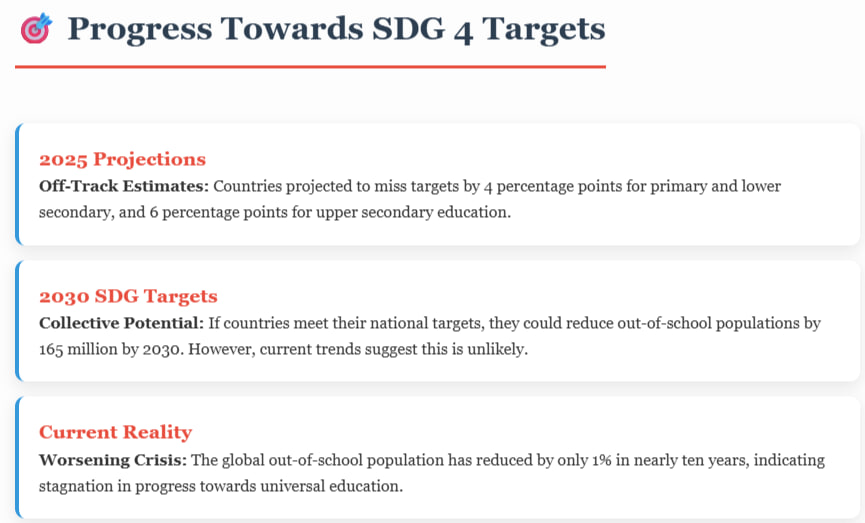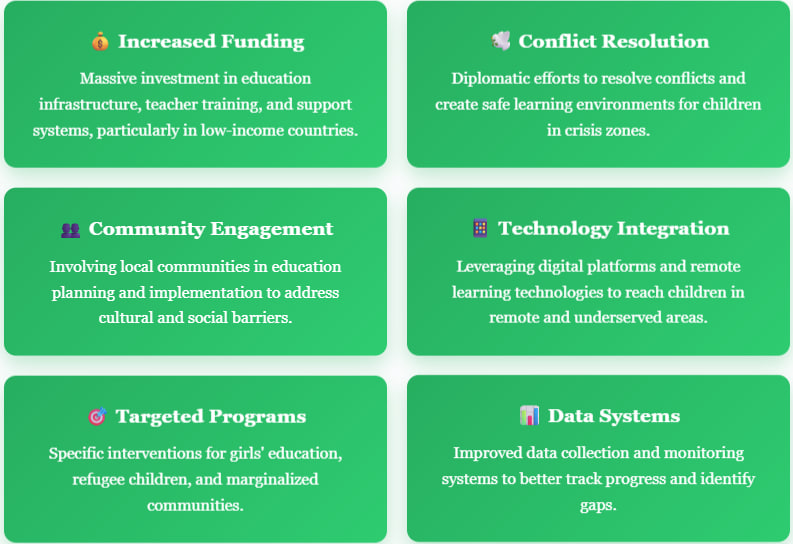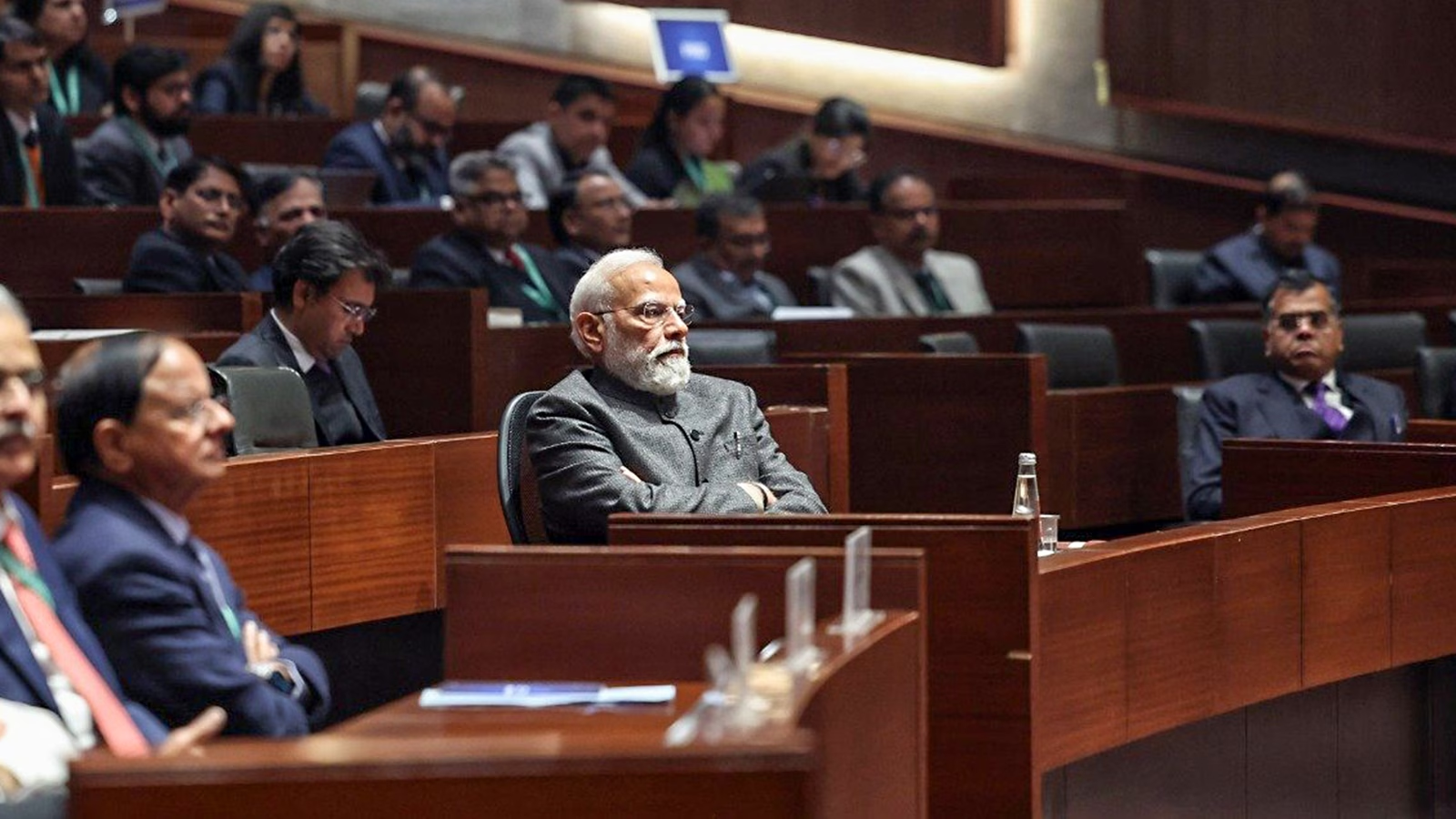



UNESCO's GEM report estimates 272 million children are out-of-school globally, up 21 million. By 2025, countries will miss national targets by 75 million due to new data, population updates, and conflicts like Afghanistan's school ban. Conflicts hamper data collection, underestimating the crisis. Progress is projected at 165 million by 2030.

Copyright infringement not intended
Picture Courtesy: THE HINDU
The Global Education Monitoring (GEM) Report, published by UNESCO, indicates an increase in the number of out-of-school children globally.
The estimated number of out-of-school children and youth now around 272 million.
The report projects a shortfall in achieving national education goals. By 2025, countries are on track to miss their SDG 4 targets; ensure inclusive and equitable quality education for all.
 The crisis affects all levels of schooling, with the challenge growing as children get older:
The crisis affects all levels of schooling, with the challenge growing as children get older:
|
The GEM Report was launched in 2002 as the Education for All Global Monitoring Report and changed to its current name in 2016. Its aims to monitor and analyze global education trends and provide policy recommendations to governments and stakeholders to improve education systems and outcomes. |
New Enrolment Data and Crises (38% of the increase)
Improved Data: Fresh enrolment and attendance data from various countries have provided a more accurate, higher, count.
Specific Crises: Acute political and social crises have a direct impact. For example, the ban on girls' secondary education in Afghanistan since 2021 is a significant contributor to the increased numbers.
Updated Population Estimates (62% of the increase)
Demographic Changes: The model now uses the UN's 2024 World Population Prospects. This new data shows that the global population of school-age children (6-17 years) is 49 million higher than previously estimated.
Impact on Calculation: When the total population of children increases, and if enrolment does not keep pace, the number of out-of-school children automatically rises. The report's model distributes this population increase between in-school and out-of-school children, leading to a higher final count.
|
According to the ASER (Annual Status of Education Report) 2023, India has achieved very high enrolment rates at the elementary level. The proportion of out-of-school children (age 6-14) has been consistently low, standing at 1.6% in 2022. The challenge in India is shifting from enrolment to attendance and learning outcomes. |
Addressing the global crisis requires a concerted and multi-pronged approach at both the global and national levels.
Improve Data Systems => Invest in robust and real-time data collection, especially in crisis-affected regions, to get a true picture of the problem and enable targeted interventions.
Increase and Target Funding => Governments must increase public spending on education. International aid must be directed towards countries with the largest out-of-school populations and focus on the most vulnerable groups.
Focus on Inclusive Policies => Policies must target girls, children with disabilities, refugees, and those in conflict zones. This includes cash transfers, school feeding programs, and creating safe learning environments.
Strengthen National Education Systems => Countries must implement comprehensive policies like India's NEP 2020 that focus not just on enrolment but also on retention, quality of teaching, and foundational learning.
Leverage Technology => Use technology to provide alternative learning pathways for those who cannot attend traditional schools, while actively working to bridge the digital divide.
 Must Read Articles:
Must Read Articles:
Technology And The Challenge Of Equitable Education
The '3Cs' That Challenge Indian Education Today
Source:
|
PRACTICE QUESTION Q. Which organization recently released the Global Education Monitoring (GEM) report? A) UNICEF B) UNESCO C) World Bank D) United Nations Answer: B Explanation: The Global Education Monitoring (GEM) Report is an independent annual publication hosted and published by the United Nations Educational, Scientific and Cultural Organization (UNESCO). |







© 2026 iasgyan. All right reserved